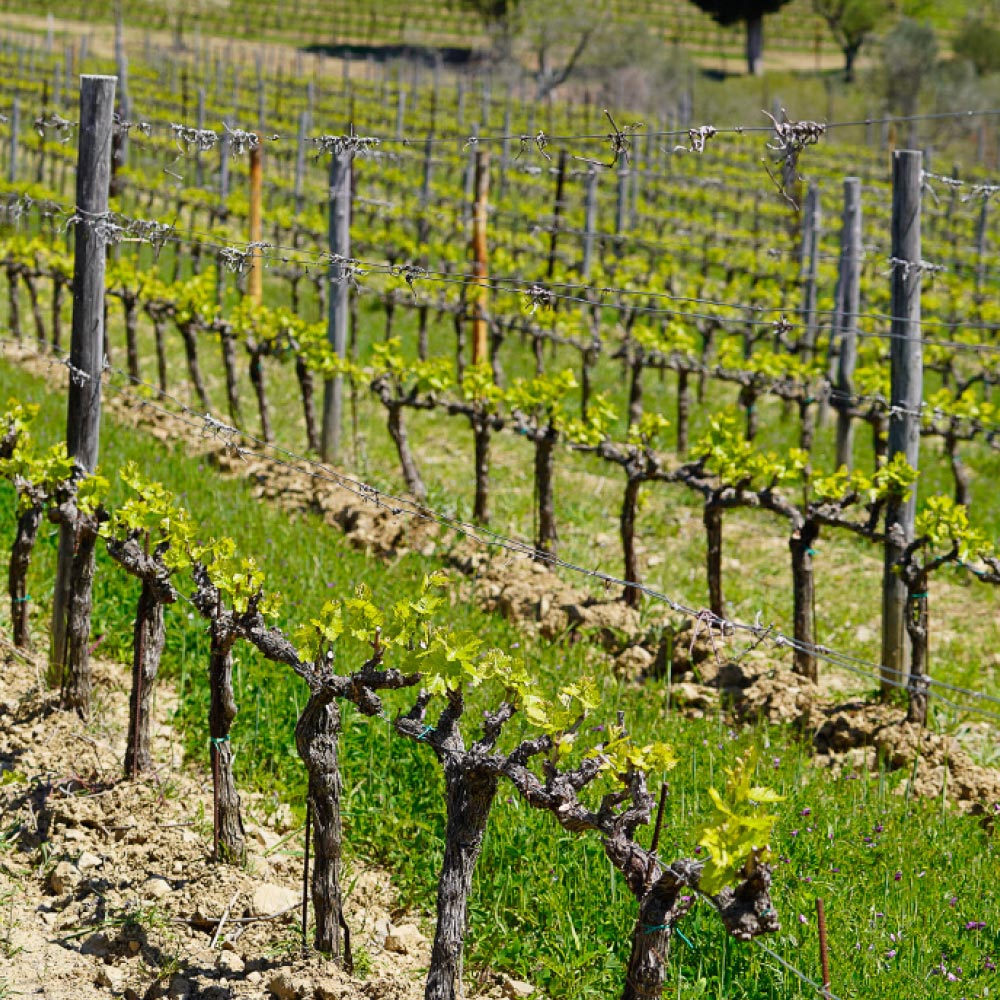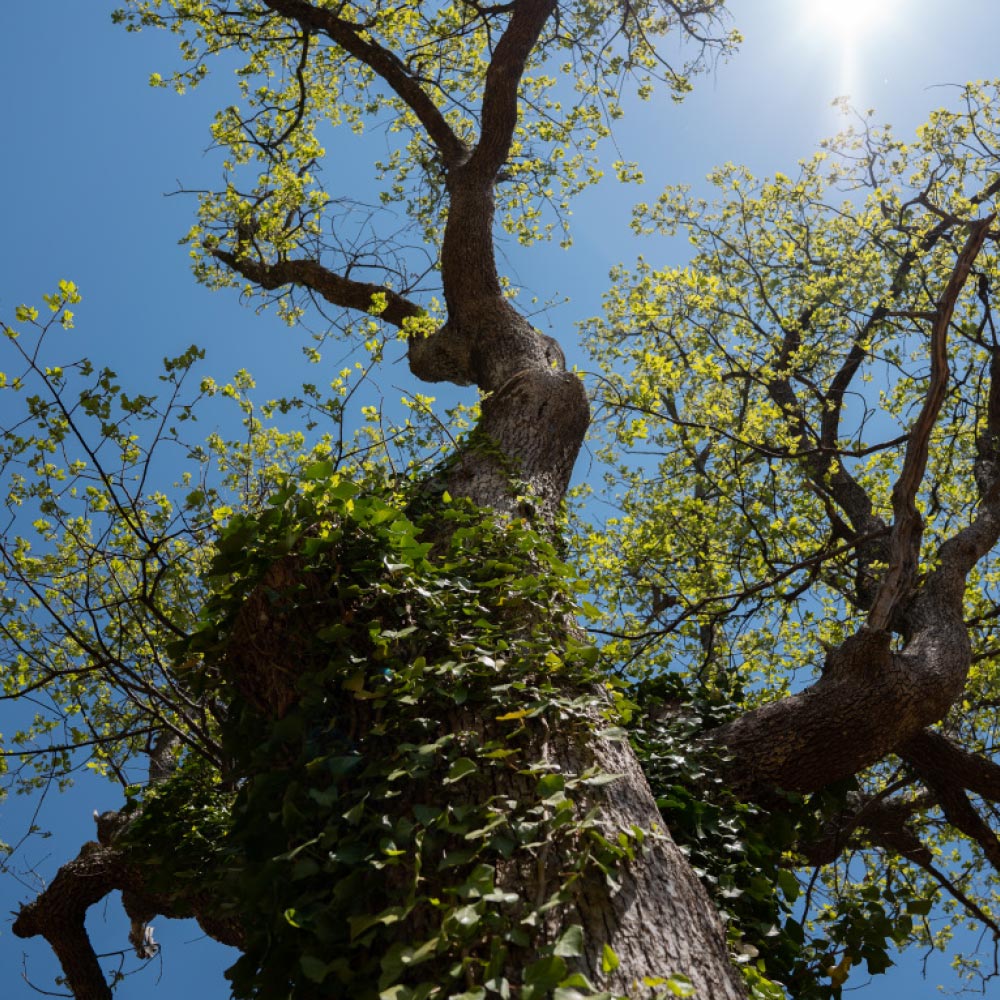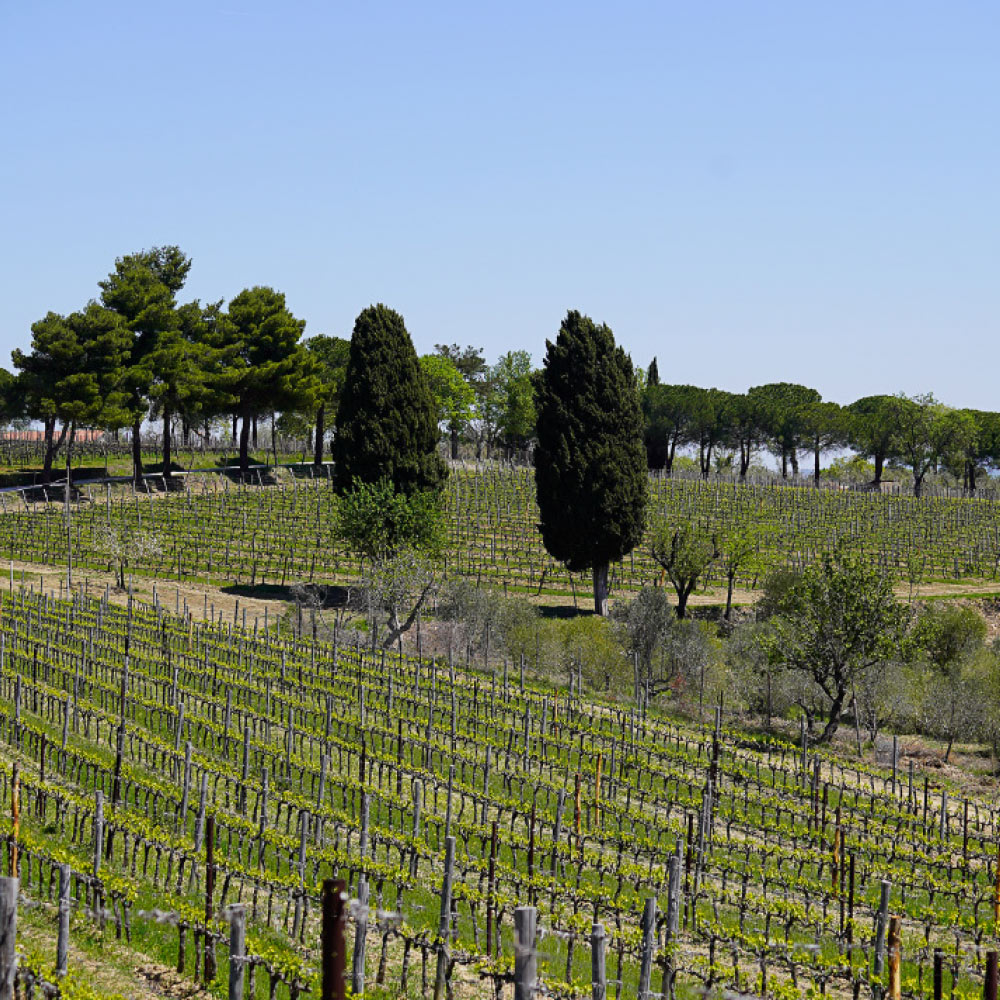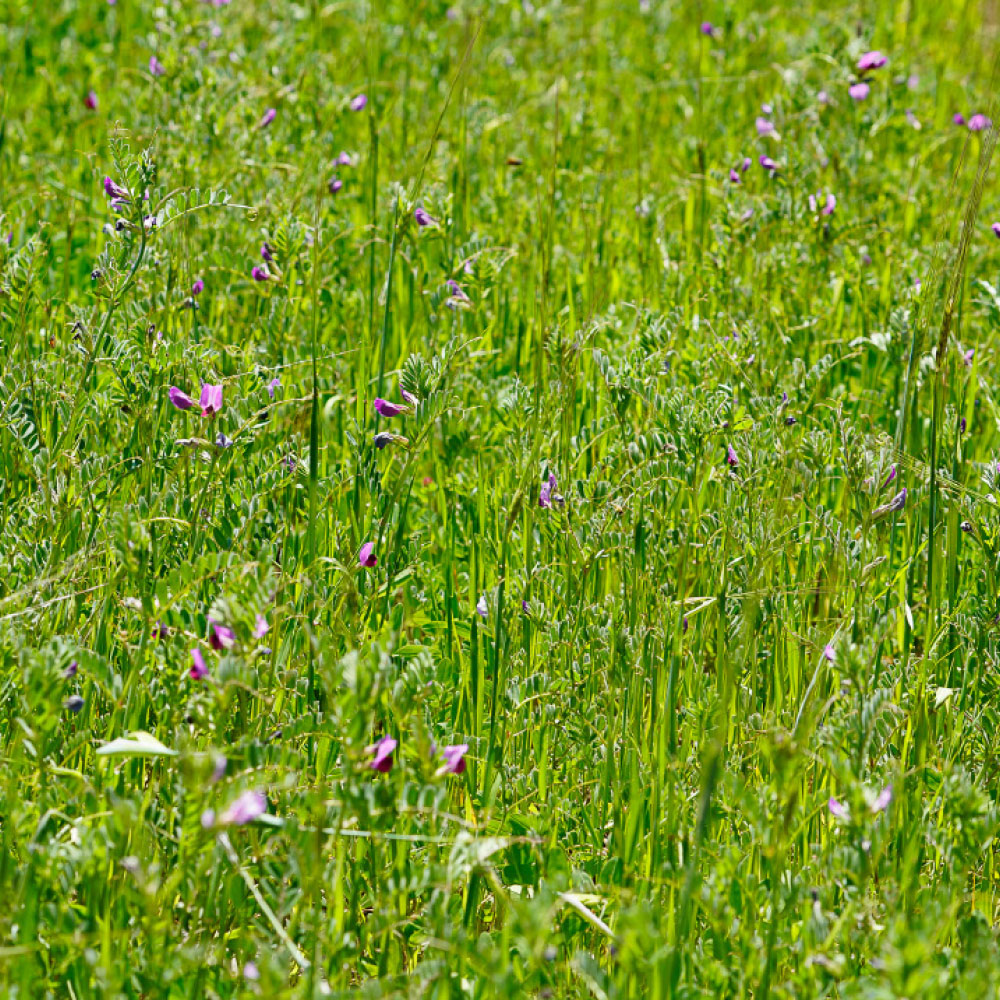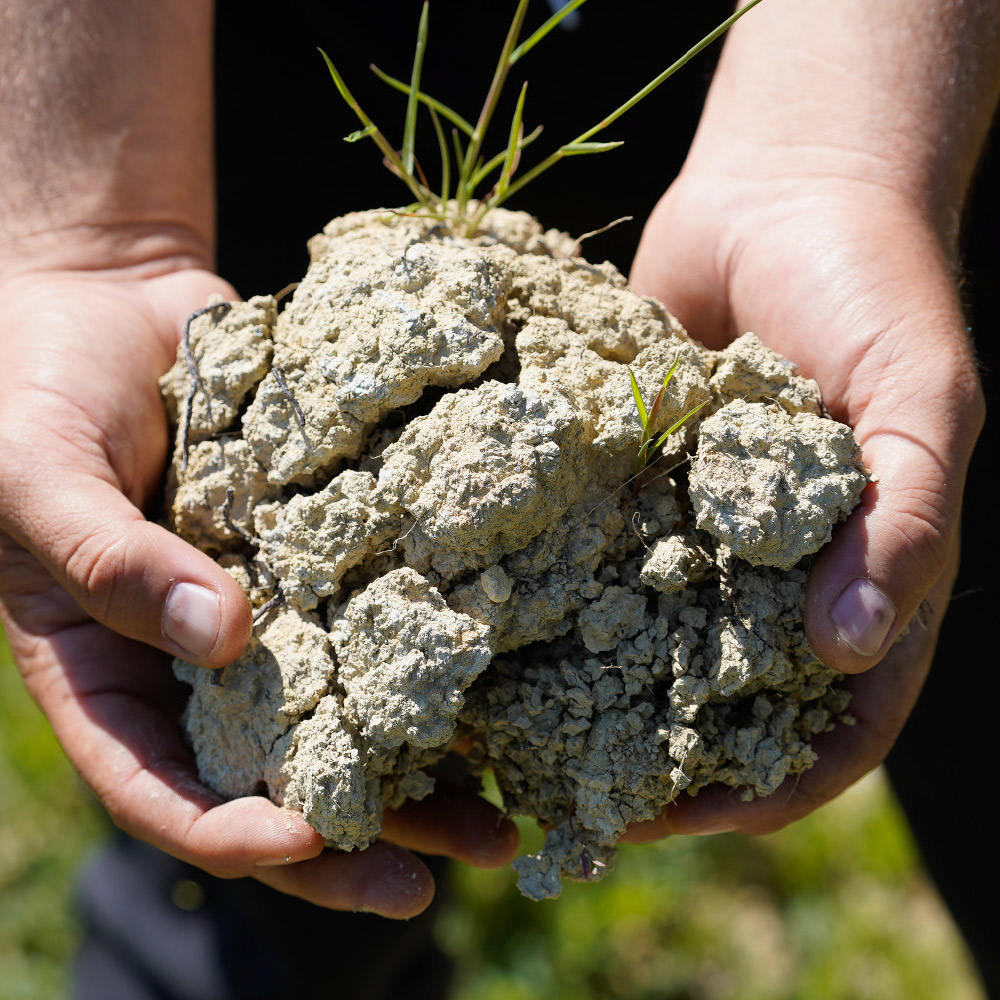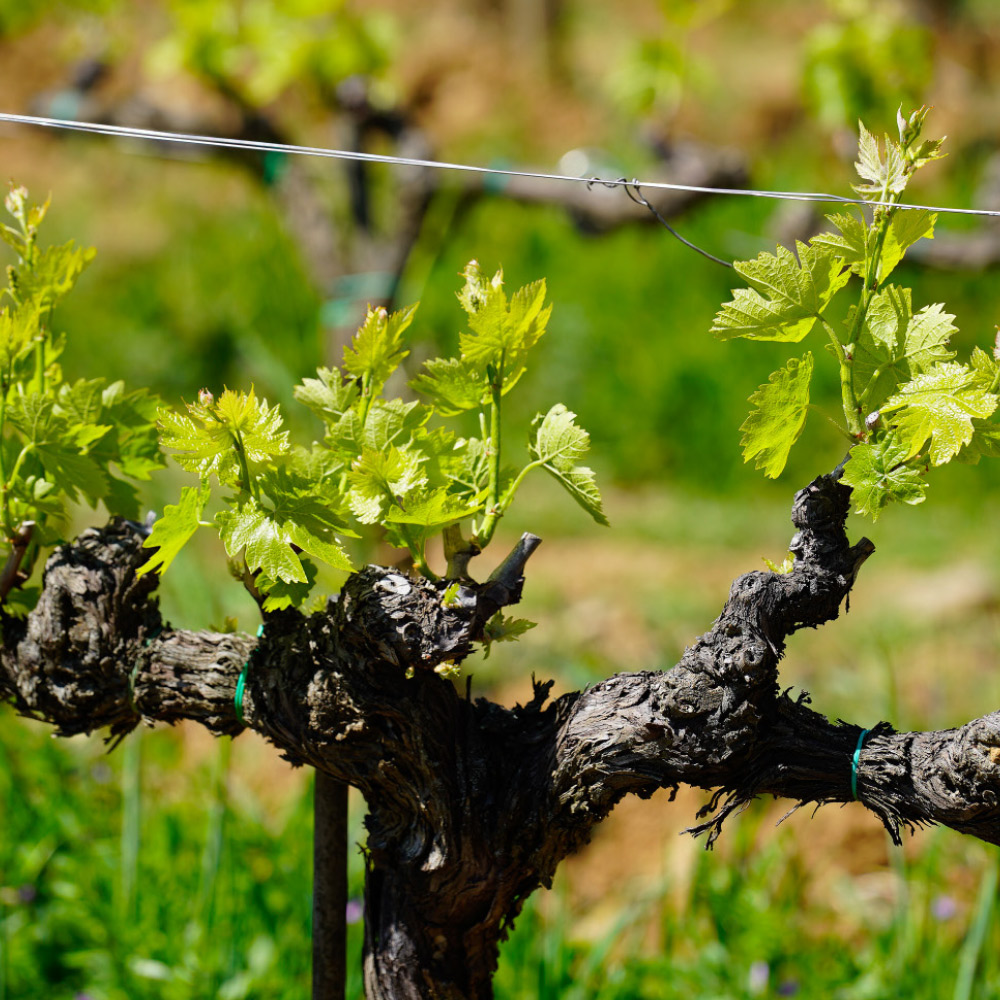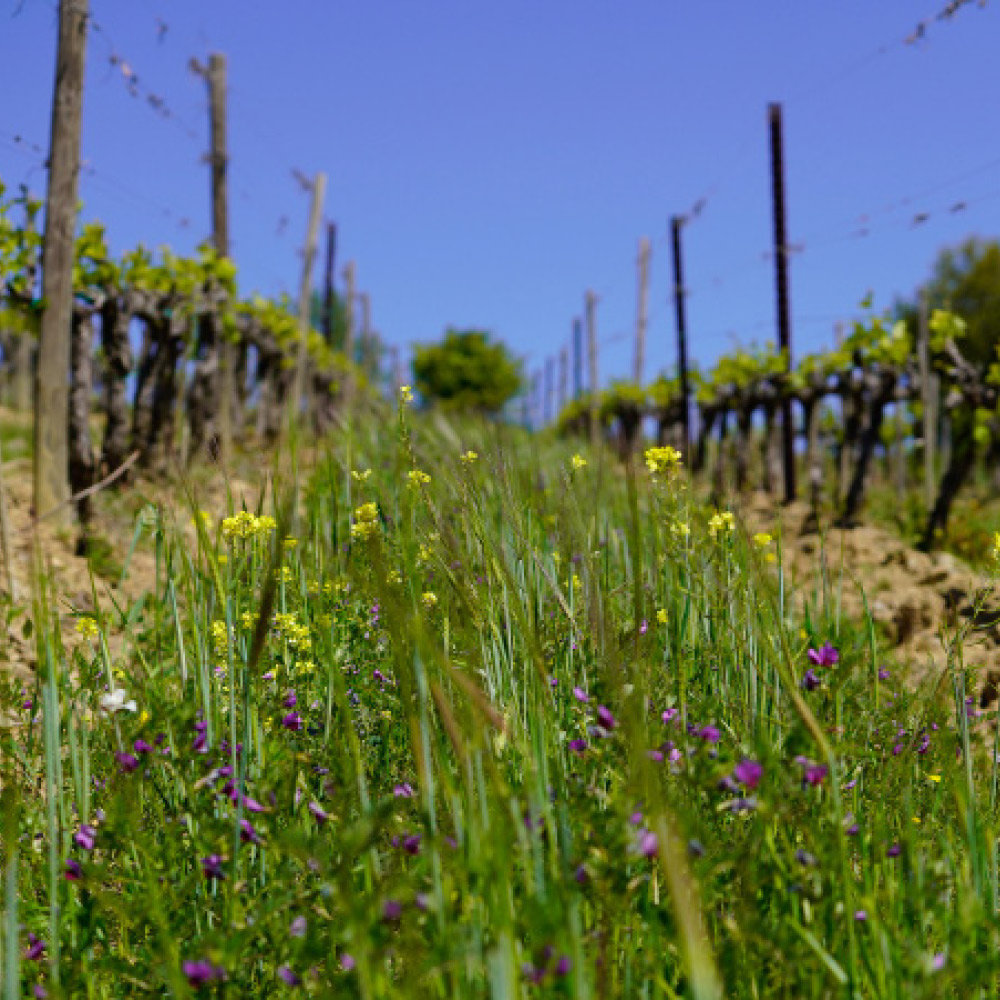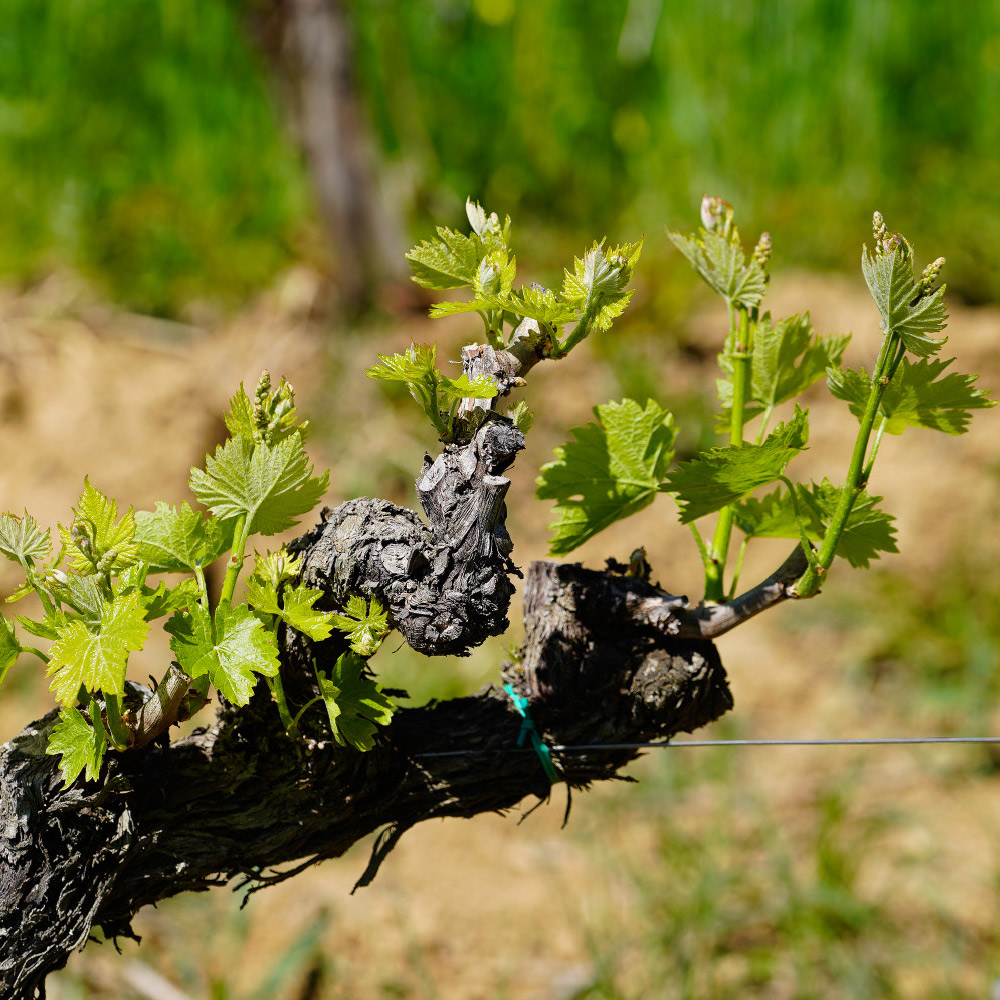VINEYARDS
In the early 1990s, Scopone had a small mixed vineyard. From the initial 1.5 hectares, we have expanded to the current 12 hectares, primarily cultivated with Sangiovese and a small portion of Merlot, Cabernet Sauvignon, and Syrah. All the vineyards are trained with bilateral spurred cordon.
LANDS
The lands are exposed on the slope facing Mount Amiata, in a hilly strip with a slope ranging from 6 to 10%: they are rich in skeletal structure, with an active layer that reduces compared to the lower parts, originating from the decomposition of rocks such as galestro and alberese. They generally have a good percentage of clay with sand, are rich in limestone, and tend to be lean.The Sangiovese rootstocks and clones have been selected based on the different types of soil. The planting density is 5,210/5,680 vines per hectare.
PARCELS
Since 2021, the oenological and agronomic strategies have been supported by the valuable expertise of Stéphane Derenoncourt and Julien Lavenu, primary actors also in the micro-zoning process. A unique and innovative project that allows for detailed parcelization of Scopone’s productions. Surgical core samplings and a meticulous analysis of soils and grapes are composing the morphological map of each individual parcel, enabling the allocation of each portion to productions most closely aligned with the identified characteristics.
Planted with Syrah since 2009, with a planting spacing of 220 by 80. Shallow soils with a gravelly medium texture, generally non-calcareous; they feature calcareous rock within 50 cm depth related to the Pietraforte formation. Dedicated to the production of RIMANI Tuscany Red IGT.
Known as “Pratino” and cultivated with Cabernet Sauvignon since 2000, with a planting spacing of 220 by 80. Sandstone and silty-quartz-feldspathic and carbonatic, composed of the geological unit of Pietraforte. Dedicated to the production of RIMANI Tuscany Red IGT.
Historically known as the “Castagneto” vineyard. Its Cabernet Franc, planted in 2000 with a planting spacing of 220 by 80, is part of the blend for RIMANI Tuscany Red IGT. Sandstone and silty-quartz-feldspathic and carbonatic, composed of the geological unit of Pietraforte.
The “Quercia” vineyard, planted with Merlot since 2000, has a planting spacing of 220 by 80. Sandstone and silty-quartz-feldspathic and carbonatic, composed of the geological unit of Pietraforte. The grapes are included in the blend of RIMANI Tuscany Red IGT.
The “Poggiarelli” vineyard is currently resting, to be replanted with Sangiovese. Sandstone and silty-quartz-feldspathic and carbonatic, composed of the geological unit of Pietraforte.
The “Mandorlo” and “Massale” vineyards are part of the same Sangiovese planting from 2006, with a spacing of 240 by 80. Slope deposits derived from sandstone and silty-quartz-feldspathic and carbonatic. Geological unit of Pietraforte. The grapes from “Mandorlo” (higher part) are dedicated to Brunello, while those from “Massale” contribute to Rosso di Montalcino.
Sangiovese since 2009, with a planting spacing of 240 by 80 for the “Vigna Nuova Bassa.” Slope deposits derived from sandstone and silty-quartz-feldspathic and carbonatic. Geological unit of Pietraforte. The upper part provides grapes for Brunello, the lower part for Rosso di Montalcino.
Sangiovese planted in 2000, with a planting spacing of 240 by 80 on sandstone and silty-quartz-feldspathic and carbonatic. Geological unit of Pietraforte. Grapes from the central part go into Brunello, while the outer rows produce for Rosso di Montalcino.
The small “Cantina” vineyard was planted with Sangiovese in 2009, with a planting spacing of 240 by 80. Slope deposits derived from sandstone and silty-quartz-feldspathic and carbonatic. Geological unit of Pietraforte. Its entire production goes into our Rosso di Montalcino.
The northern part of the “Cabina” vineyard is planted with Sangiovese since 2000, with a spacing of 240 by 80. Bottom of sandstone and silty-quartz-feldspathic and carbonatic, composed of the geological unit of Pietraforte. Its entire production is used in the blend of RIMANI Tuscany Red IGT.
The southern rows of “Cabina,” planted with Merlot in 2000 with a spacing of 240 by 80. Sandstone and silty-quartz-feldspathic and carbonatic, composed of the geological unit of Pietraforte. The grapes are used for Rosso di Montalcino and RIMANI Tuscany Red IGT.
The “Vignone” extends over deep soils with a gravelly medium texture, very calcareous. They feature calcareous rock between 110-150 cm depth related to the Pietraforte formation. The vineyard was planted in 2000, entirely with Sangiovese, with a spacing of 240 by 80. Its grapes constitute the main body of our Brunello di Montalcino.
The “Renaione,” as the name suggests, is a vineyard on poorly cemented micro-conglomerate soil of the Pietraforte Formation, locally called “Cicerchina.” Planted with Sangiovese in 2000, with a spacing of 240 by 80, it produces grapes for Rosso di Montalcino.
A small plot cultivated with Petit Verdot with a planting spacing of 250 by 80, on deep soils with a gravelly medium texture, very calcareous. They feature calcareous rock between 110-150 cm depth (Pietraforte formation). The production is used in the blend of RIMANI Tuscany Red IGT.
The “Piccolo” is a micro-vineyard of Merlot from 2000, with a planting spacing of 240 by 80, on predominantly clayey soil (blue-gray clay and silty clay). Its grapes go into RIMANI Tuscany Red IGT.
The “Pescinaie,” Sangiovese from 1996 with a planting spacing of 220 by 70, is the vineyard with the highest density. The soil consists of blue-gray clay and silty clay, locally fossiliferous. Blue clay formation (FAA). The grapes from this vineyard primarily contribute to MAJA Tuscany Rosato IGT, but some are used for Rosso di Montalcino and Brunello.
The “Vigna Nuova Alta” is cultivated with Sangiovese since 2009, with a planting spacing of 240 by 80. Slope deposits derived from sandstone and silty-quartz-feldspathic and carbonatic. Geological unit of Pietraforte. The upper part provides grapes for Brunello, the lower part for Rosso di Montalcino.
The “12 Rows” produce Sangiovese since 2000, with a planting spacing of 240 by 80. Slope deposits derived from sandstone and silty-quartz-feldspathic and carbonatic. Geological unit of Pietraforte. Its grapes are used in the blend of RIMANI Tuscany Red IGT.


